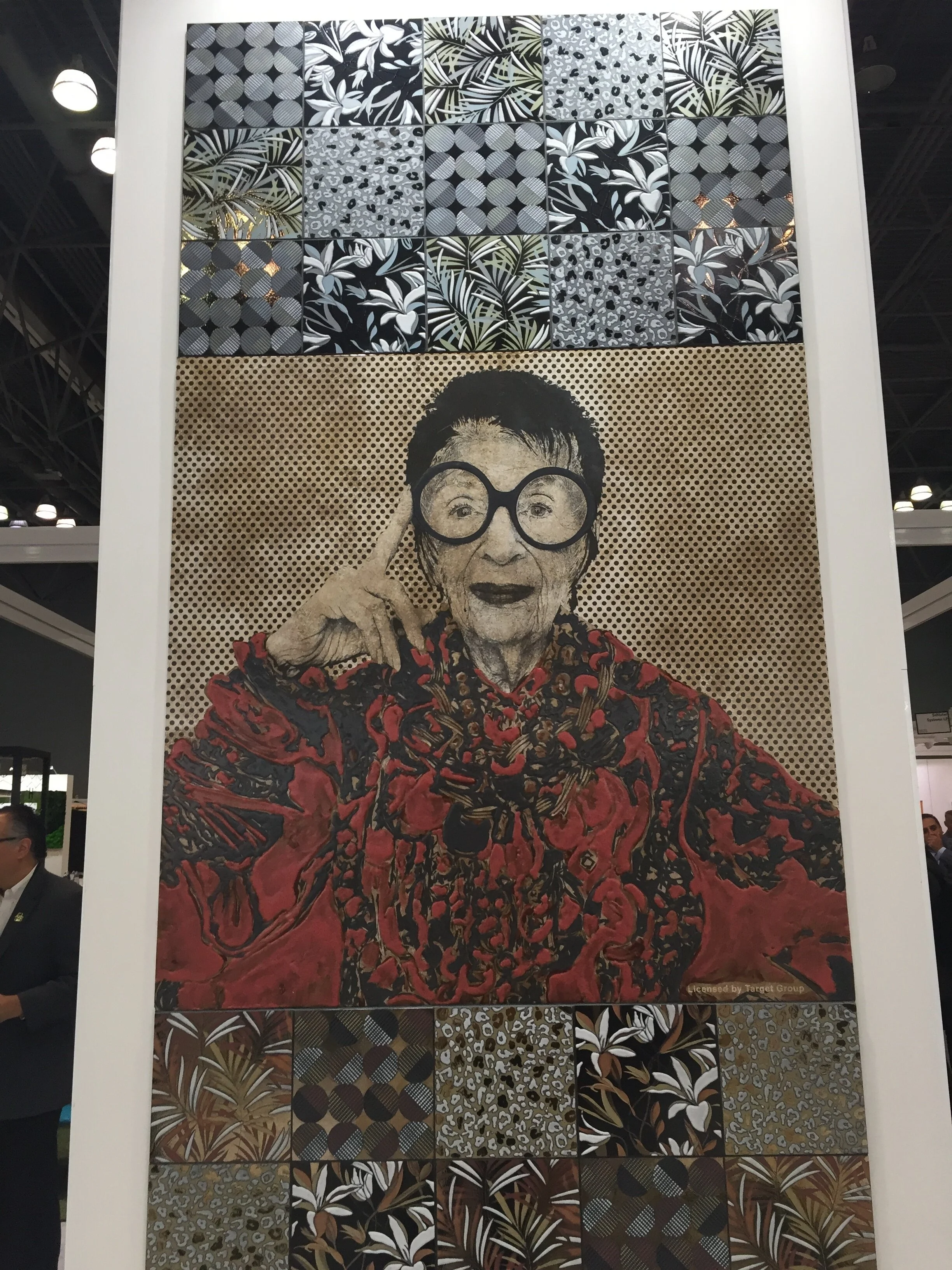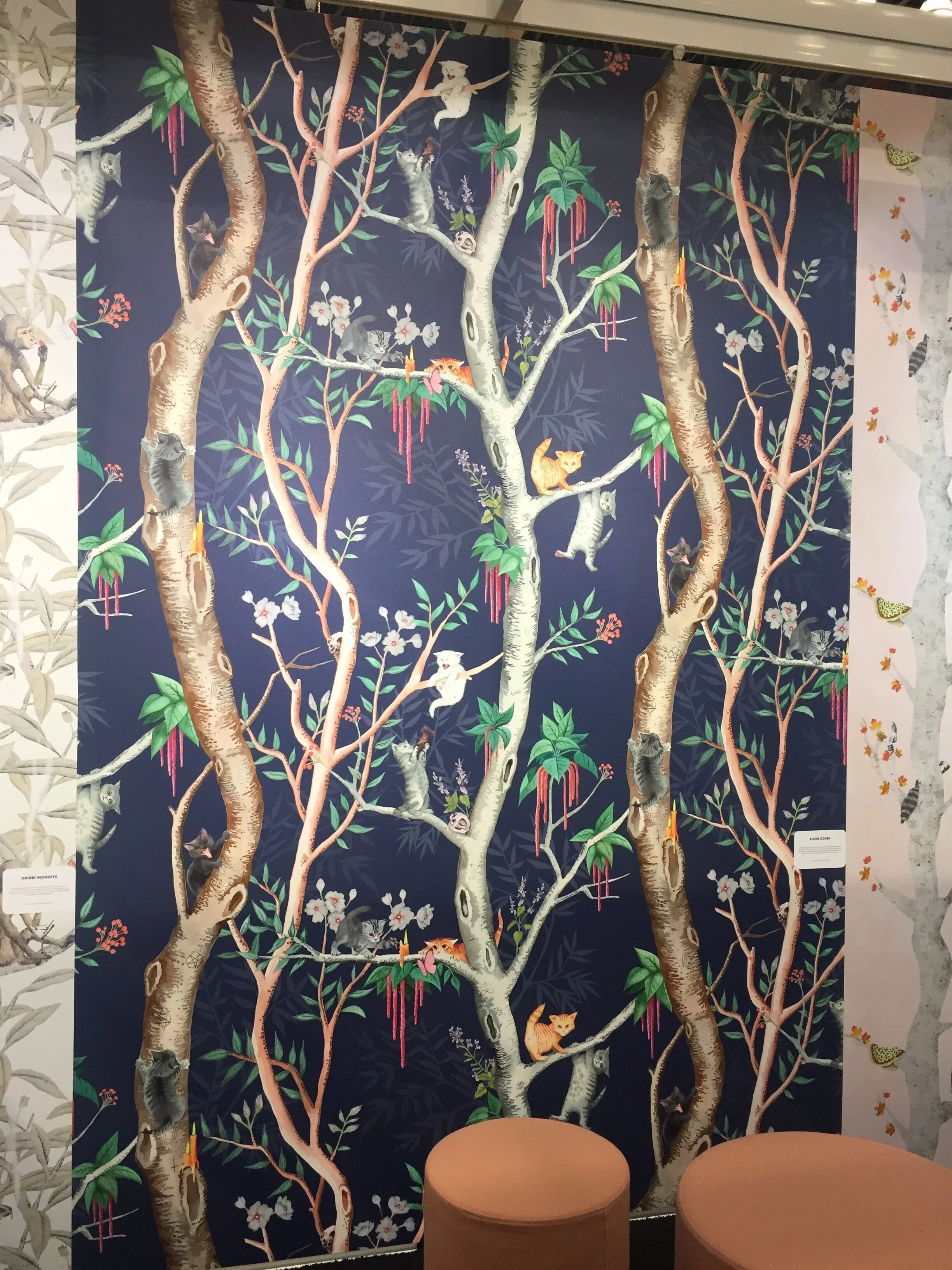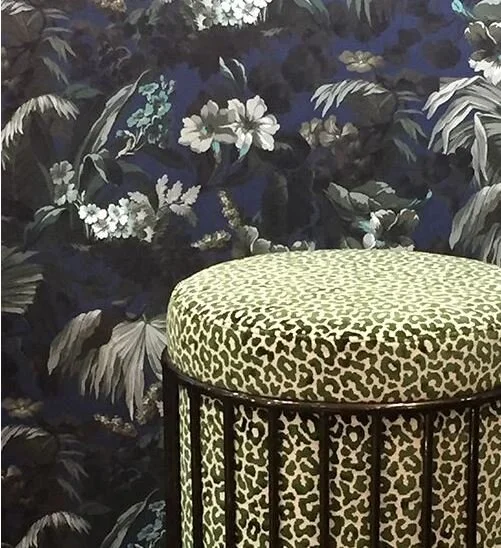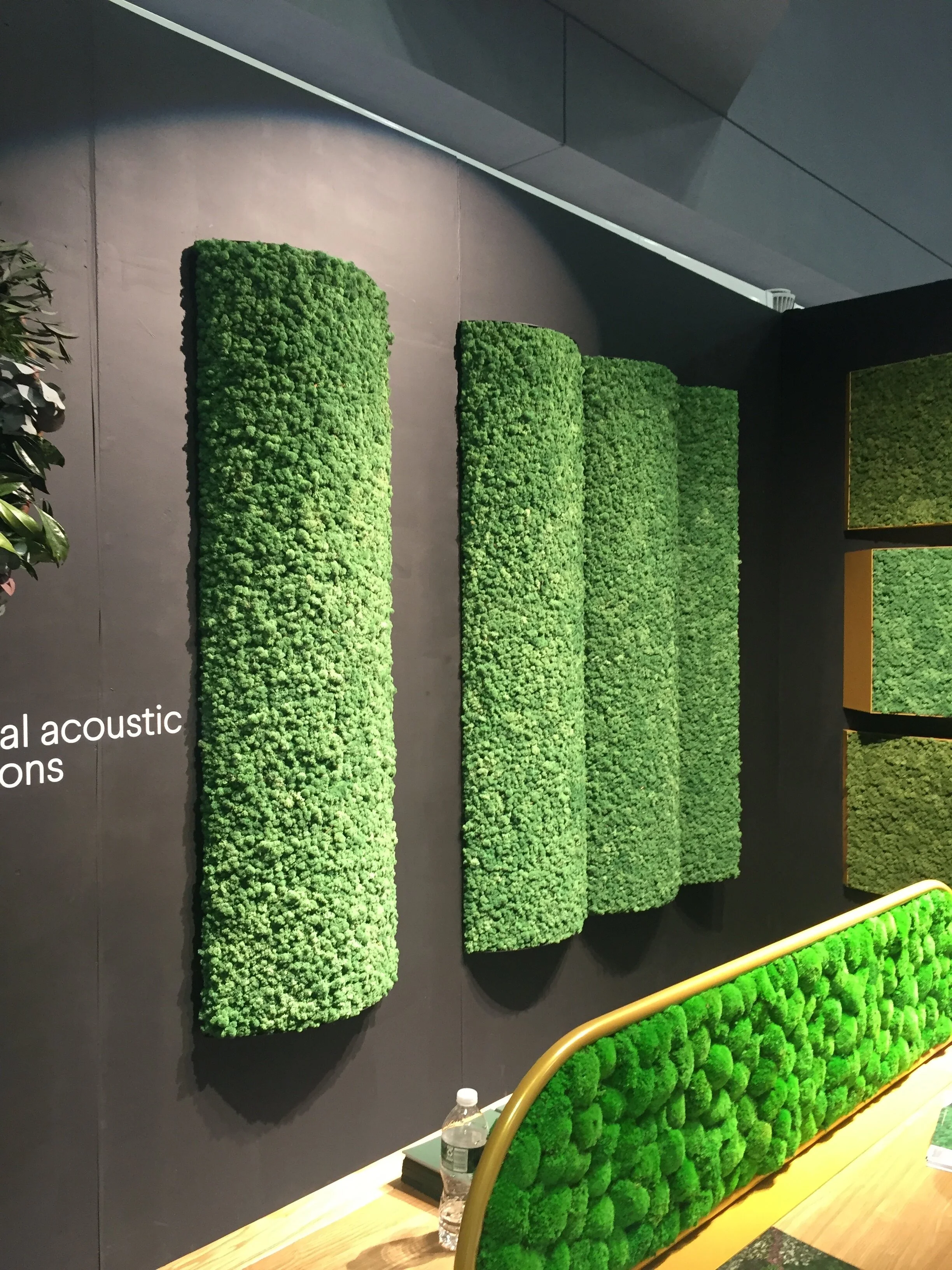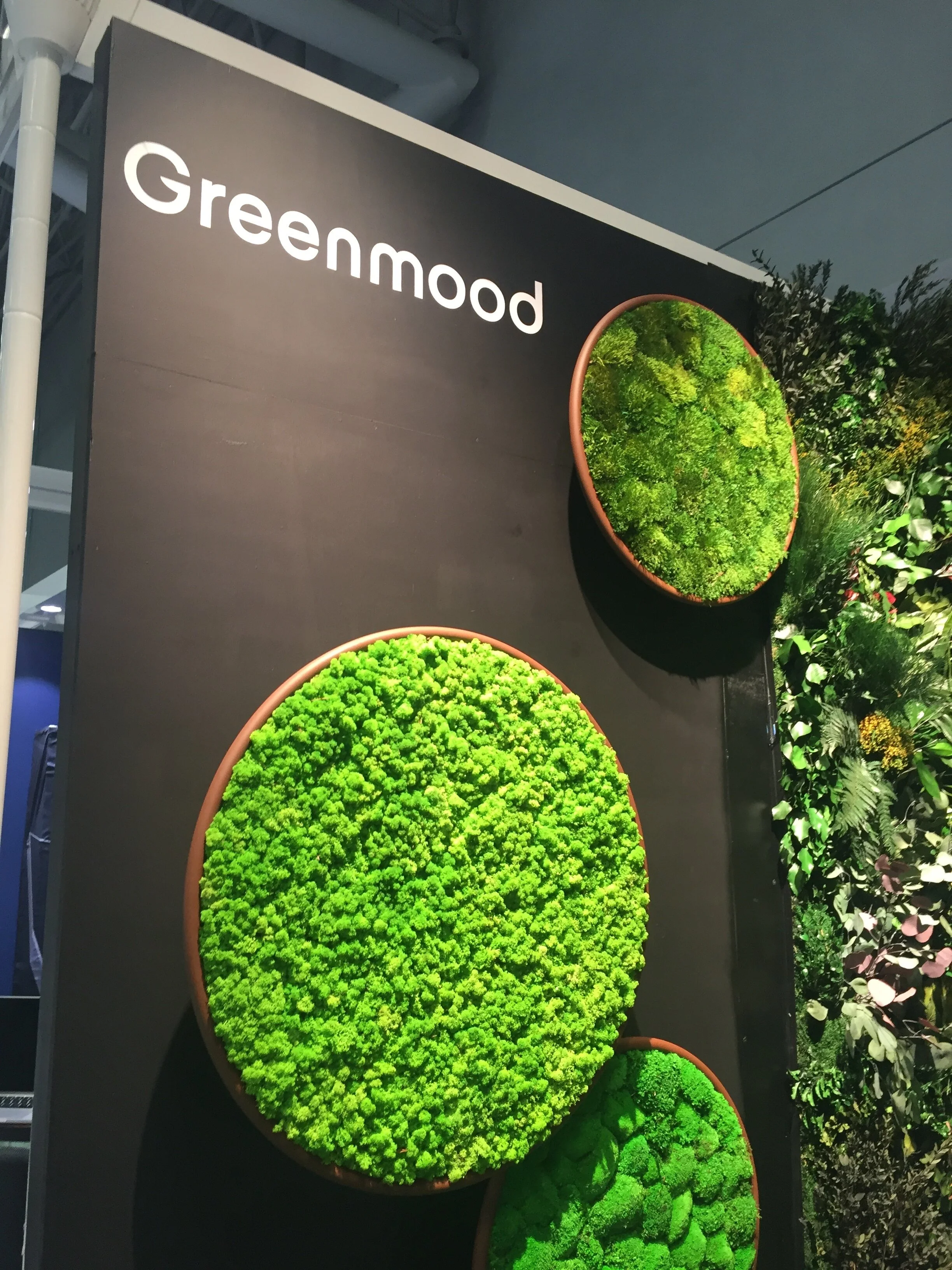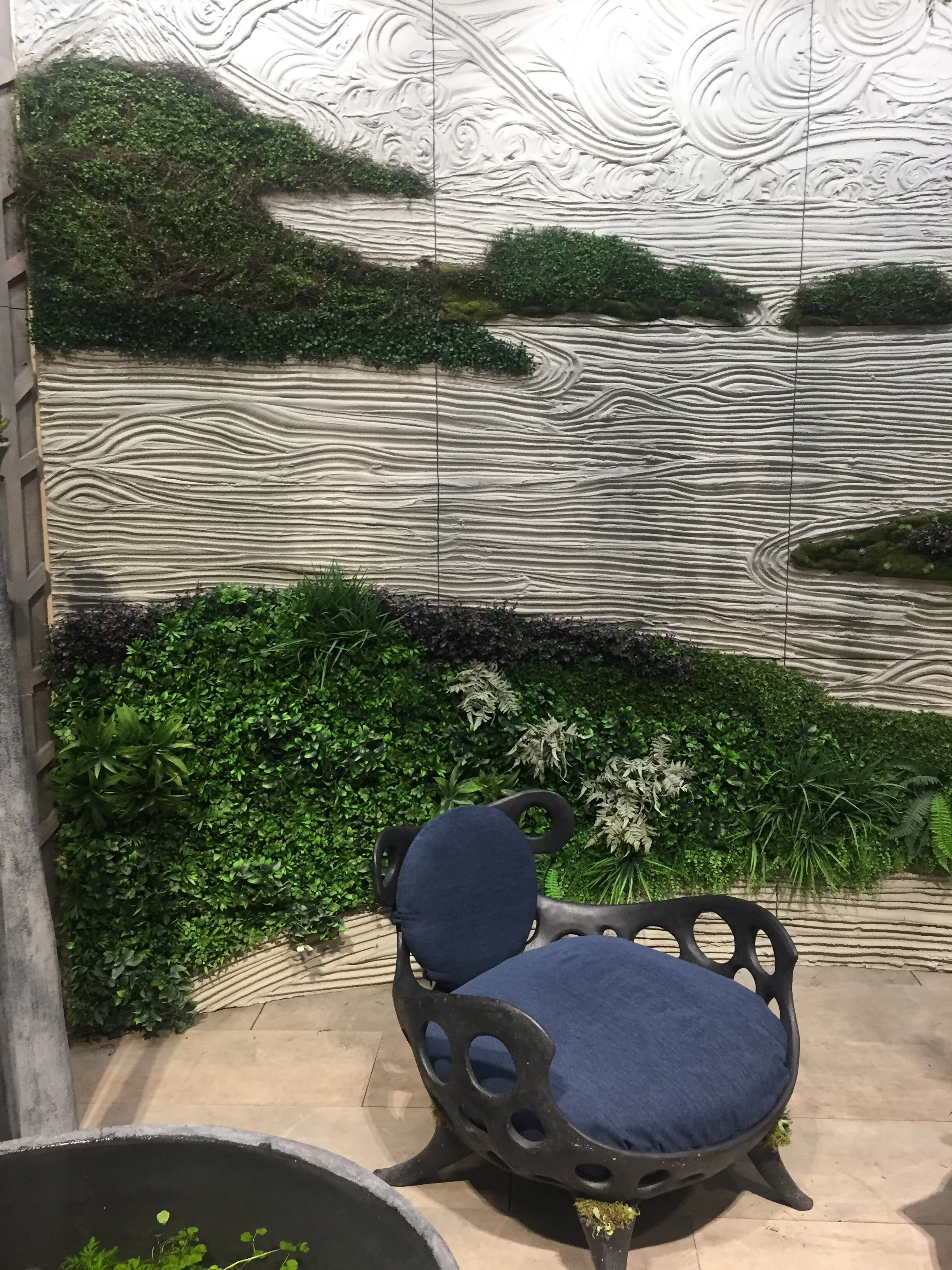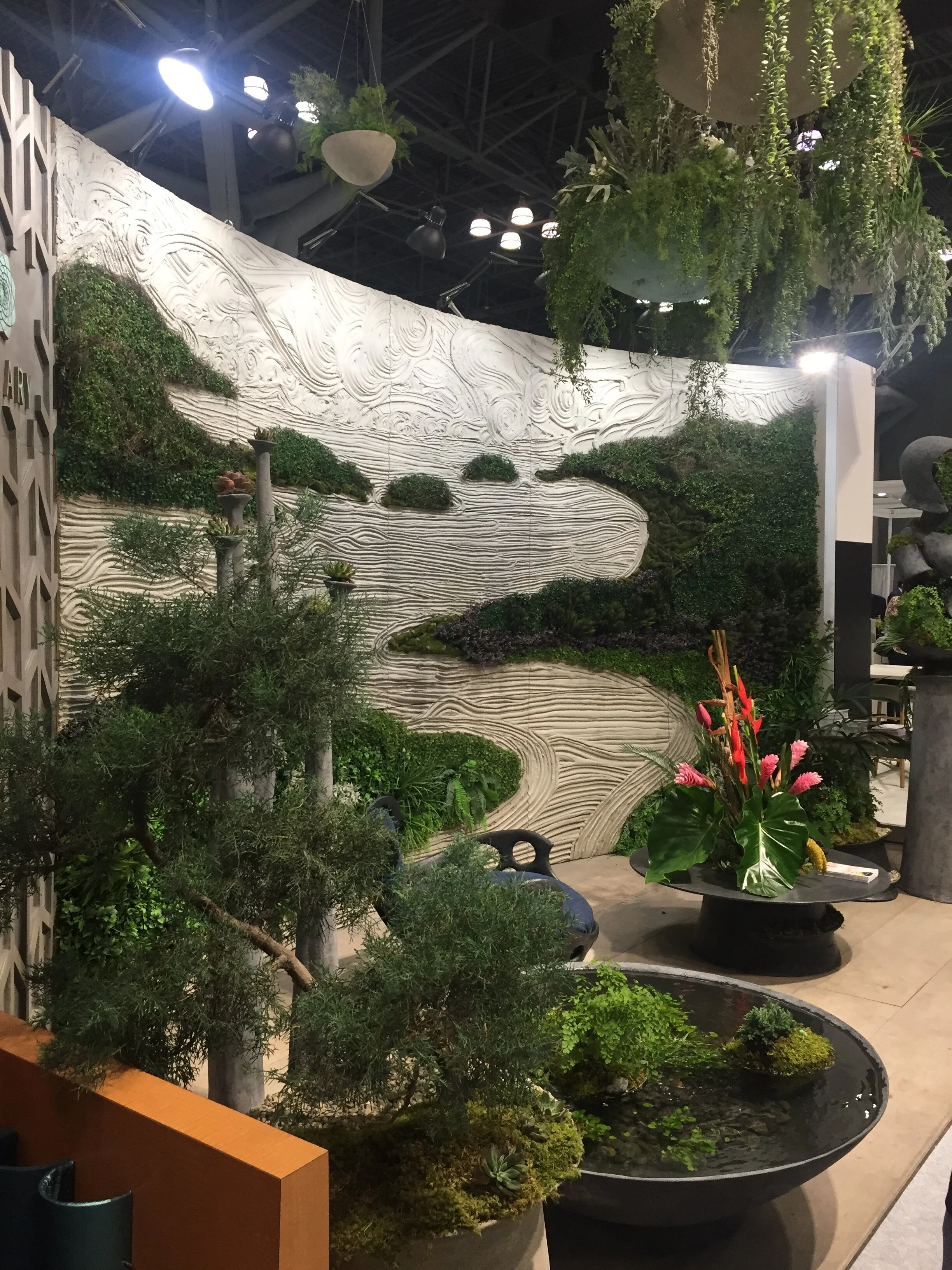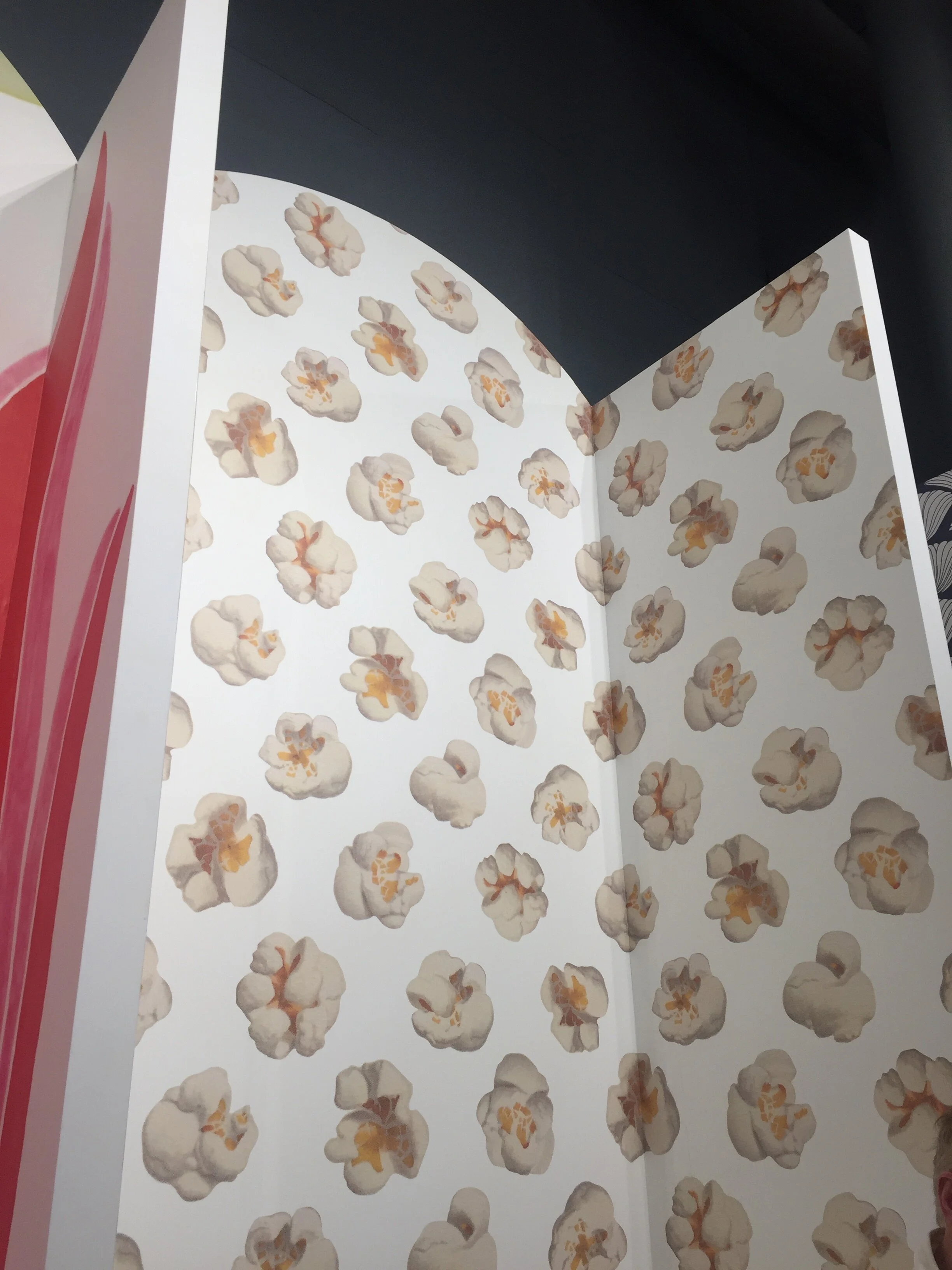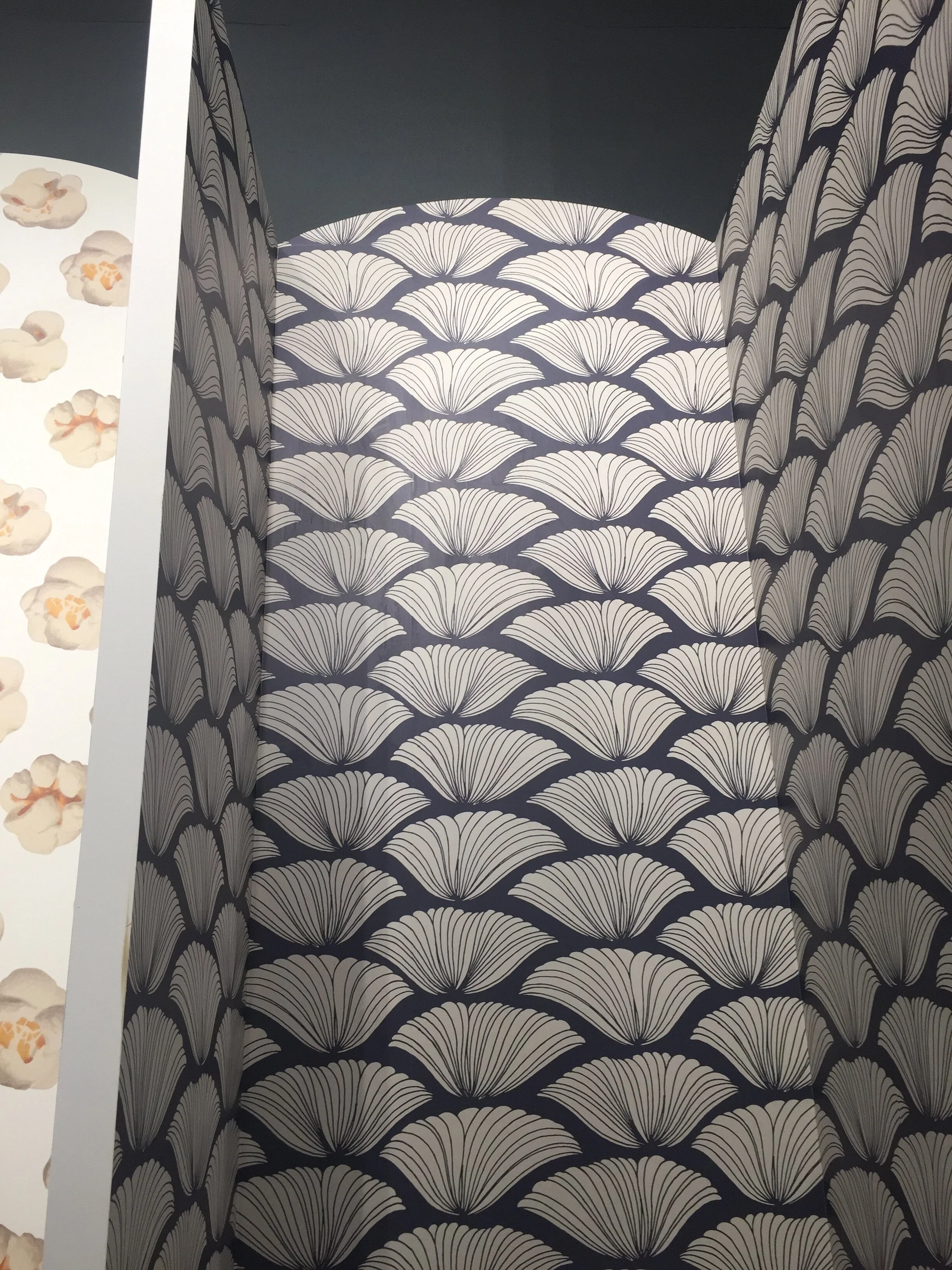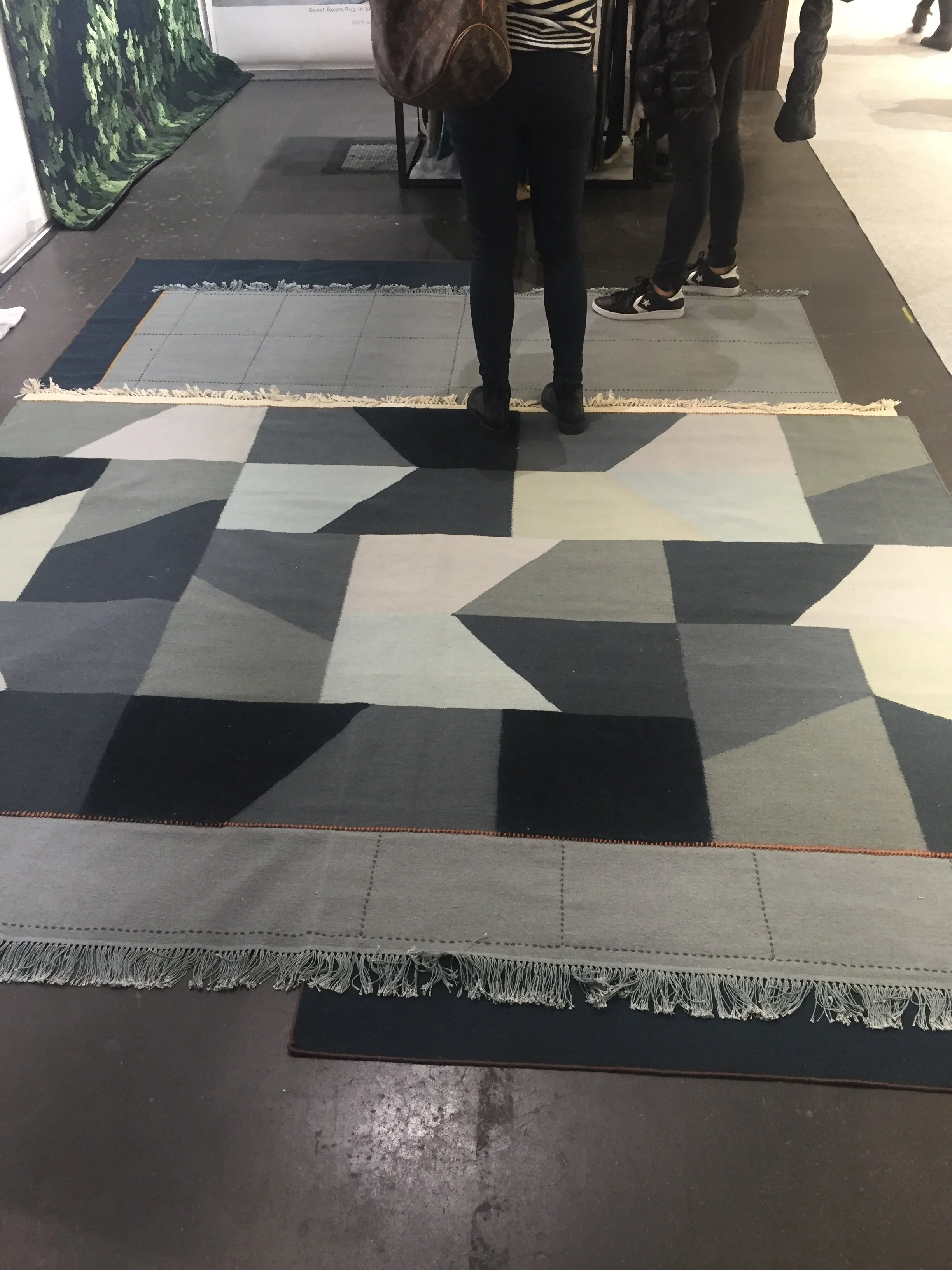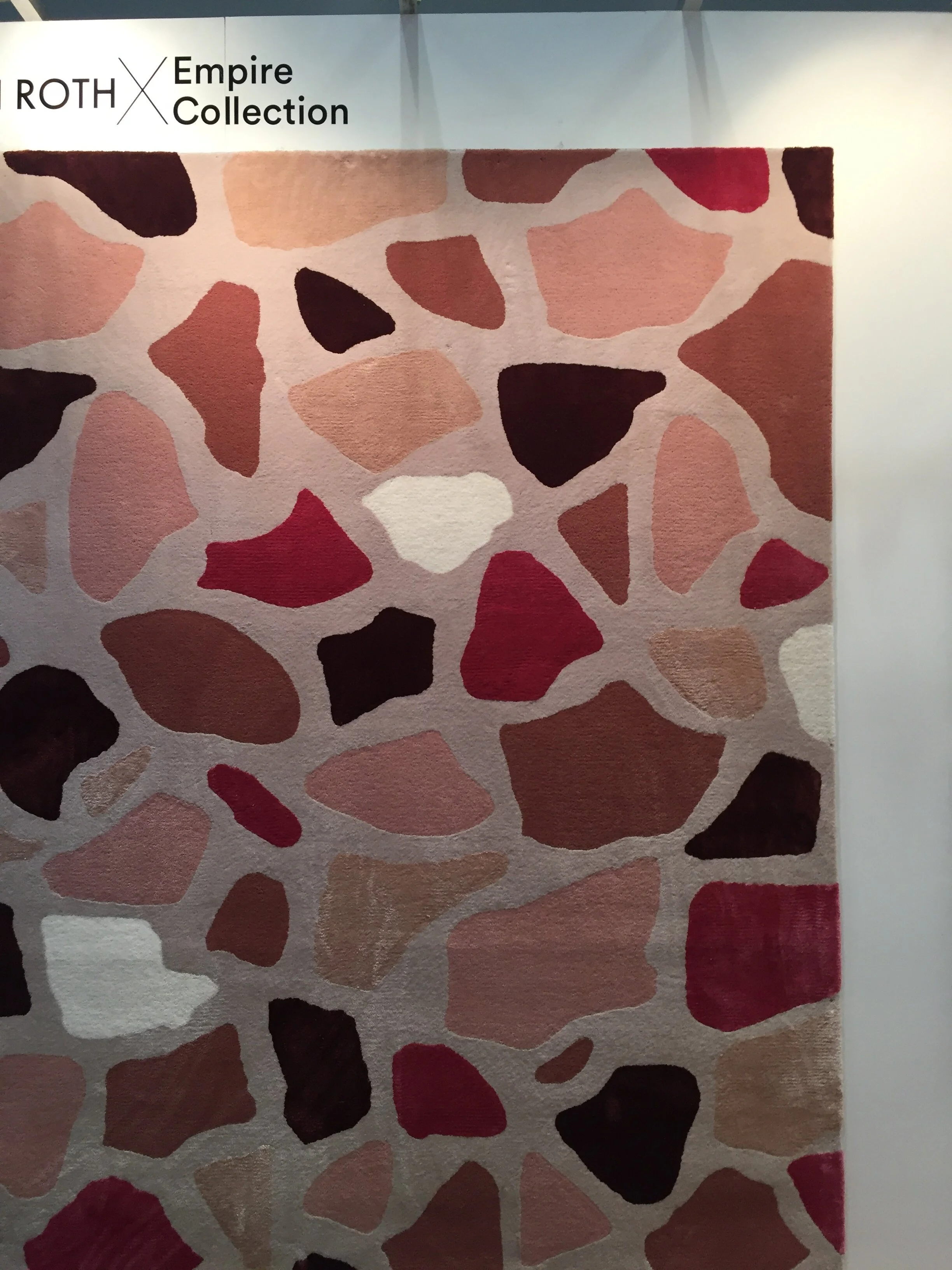Interior Design Trends for 2020

If 2019 is any indication of where 2020 is going in the interior design world, individuality will again reign supreme. Bold patterns and eye-catching graphics ruled the roost, especially in the hospitality market.
We’re noticing that there’s more color (and a diversity of it!), as the design industry makes a departure from the “grey-on-grey” color schemes that have been so popular in years past. Similarly, we’re noticing millennials exert their influence across markets, with a desire for workplaces and other public spaces to follow in the course charted by the “resimercial” trend from recent years: making guests feel at home wherever they may be, whether spaces public or commercial. The separation of those two in decades removed—one being institutional and austere and one being warm and welcoming—we see as a thing of the past. Making people feel welcome in whatever domain they are in is critical to the success of our design intent.
Looking ahead several general trends caught our eye this year:
Botanical designs, cozy, overstuffed armchairs and other furniture, and mis-matched patterns.
Patterns, prints, neutrals, and textures in full swing.
Mixing on-trend jewel tones with pastels.
Residential inspired commercial products still very much “on trend.”
Textures - wood, brass, leather, and velvets in tones of gold, brown, blues, oranges, and pinks.
Collages of materials - mixed-media.
Several in particular we think worth a closer dive—some with especially humorous names. First up on the list….
Trend 01: Granny-Chic
Trend 01: Granny-Chic
- Also known as “grandmillenial” – A 21st century take on traditional design
- Grandmillenial style includes cane furniture, rattan and wicker chairs, chintz, chinoiserie, needlepoint
- Clients can layer old elements of the past (chintz, chinoiserie, needlepoint) with new elements that have more of a contemporary edge.
- Warmer tones are taking over the cooler trend in past years – grey on grey is out.
- Jewel tones in interiors – shades of chocolate brown, wine, olive green, etc. are all taking over interiors
Trend 02: Biophilic Design Continues to Surge, Now as Acoustic Intervention
Historically, this has focused primarily on two main qualities: elevating the aesthetic qualities of a place, but also the health and wellness of interior occupants. In bringing the outside in, biophilic design seeks to restore the experience of nature in the built environment and focus on how architects and designers can positively contribute to human health. This year at BDNY, however, we saw an emphasis on highlighting the “natural acoustic properties” inherent in biophilic solutions. Having biophilic characteristics in the interior of spaces not only increases our overall psyche by “bringing the outdoors in,” but helps minimize noise pollution traveling within a building. Coming full circle to health and wellness, improving acoustics has been linked to lowering blood pressure as well as an increased feeling of wellness. We’ve noticed such interventions have a profound impact for not only our workplace clients, but other market sectors as well.
- Greenmood booth at BDNY highlighted the fact that they offer “natural acoustical solutions”
- Furniture that incorporates live greenery and organic shapes
- Artwork that is nature themed, while having acoustic properties
- Similar to eye-popping graphics, biopohilic designs in interiors create “instagrammable” moments / instagram-worthy spots
Trend 03: Eye-Popping Graphics
Finally, one of the more interesting design interventions we noticed this year (for hospitality clients especially), are large-scale patterns on wall coverings and rugs. We see opportunities here not only to distinctly brand your property as a destination, but create buzz online with shared visitor photos. Younger generations, more than ever, are seeking out places that have a distinct aesthetic beyond just the tried and true.
- “Instagrammable” moments / instagram-worthy spots
- Large scale graphic wallcovering used as art pieces
- Large-scale patterns for wayfinding purposes
- Used for branding purposes for clients
Conclusion
What such trends highlight across the board is that materials and texture can pull double-duty: making users feel welcome first and foremost, improving the health and wellness of occupants, or even branding your space for a new type of clientele. Regardless the market, we see a wealth of opportunities for the future of interior design.

